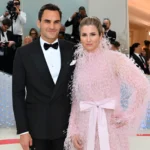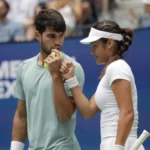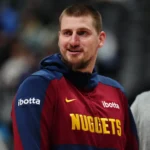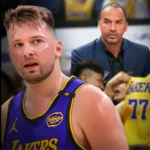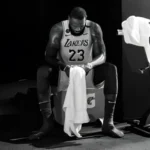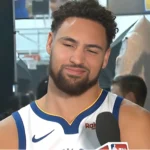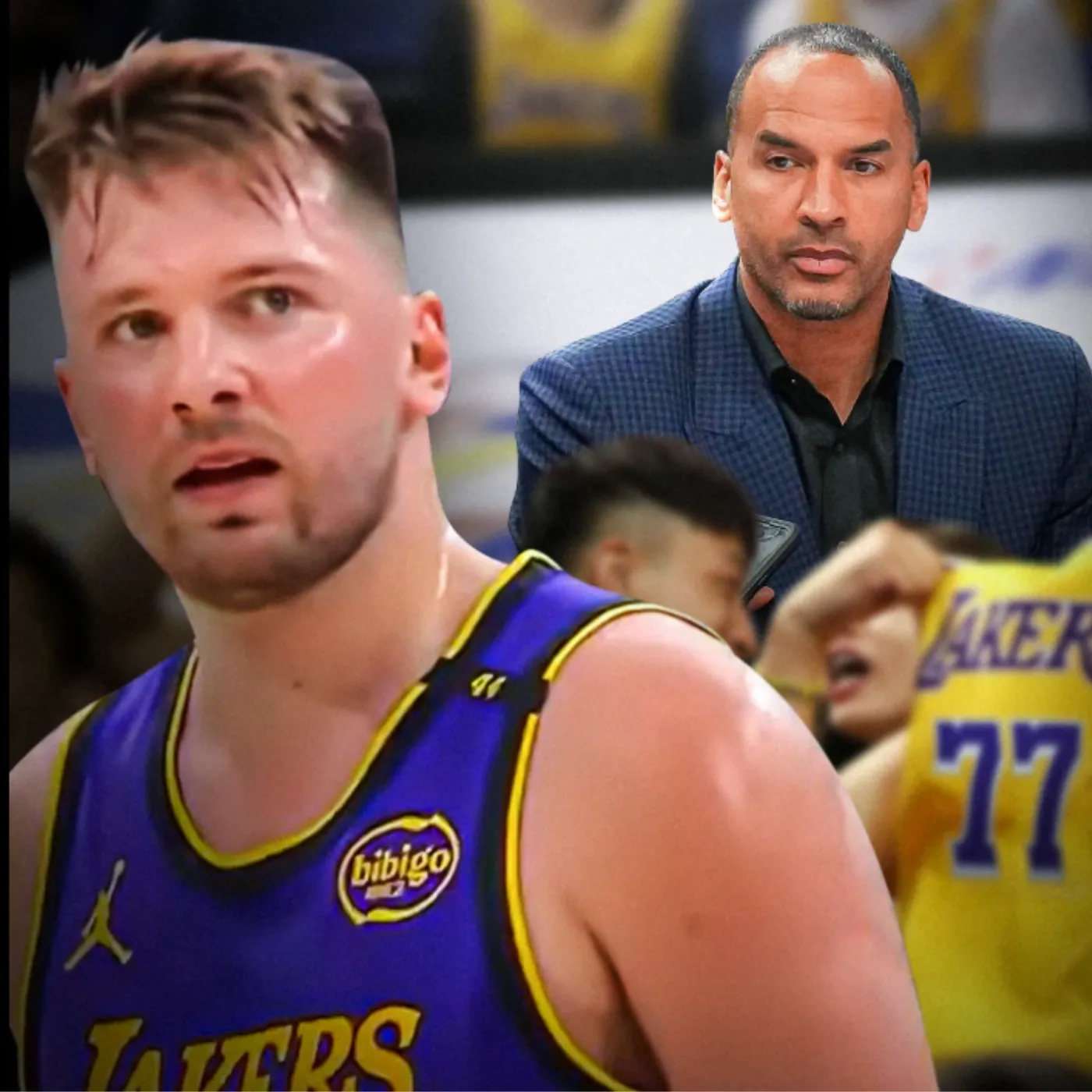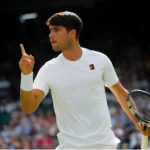
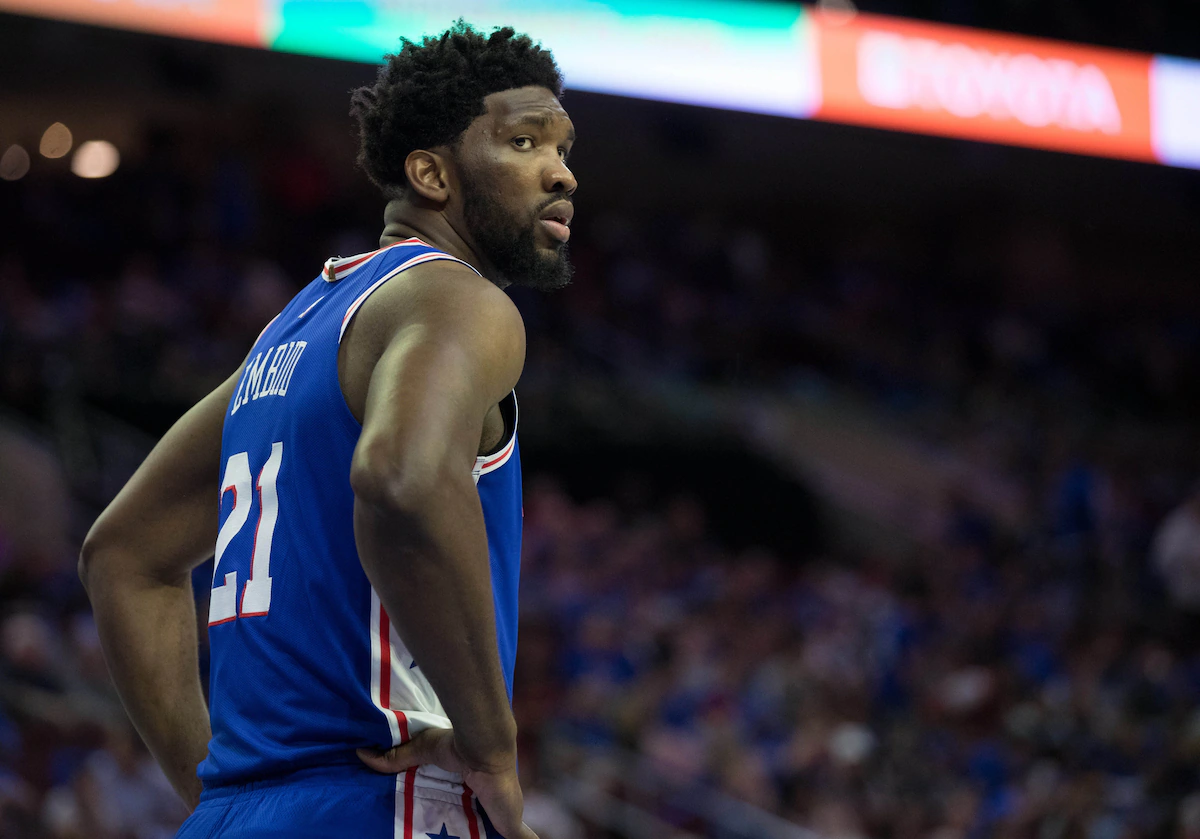
Joel Embiid Is Out, and the 76ers Are Learning to Win Without a Superstar — But Can They Really Do It?
Philadelphia 76ers fans have felt the sting of a season without Joel Embiid, and the impact goes far beyond the scoreboard. While some might dismiss it as simply “the team is weaker without its superstar,” the reality is far more complex. Embiid’s absence exposes tactical vulnerabilities, forces other players into new roles, and challenges the coaching staff to innovate — offering a fascinating case study in NBA strategy.
Why 76ers Struggle Without Joel Embiid
When Embiid sits out, the 76ers’ defensive armor crumbles in ways that stats alone may not fully capture. Under the rim, the team loses a dominant rim protector, giving opponents more freedom to attack the basket. Teams exploit this by running pick-and-roll plays, driving aggressively into the paint, and creating second-chance opportunities on offensive rebounds. The defensive rotations that normally compensate for Embiid’s presence falter, leaving holes that mid-tier defenders struggle to cover.

Offensively, Embiid is the anchor of spacing and playmaking. Without him, defenders can collapse more freely on shooters like Tyrese Maxey and Paul George. The team loses the gravity of a center who draws double-teams, opening lanes and creating open shots. The 76ers’ half-court sets suddenly become predictable, and without Embiid’s ability to finish around the rim, scoring efficiency drops. This isn’t just about points per game — it’s about flow and balance.
The Pressure on Other Stars
In Embiid’s absence, the spotlight shifts to Tyrese Maxey and Paul George. Maxey, normally a complementary scorer, is forced to shoulder more playmaking responsibilities, orchestrating offense and making critical decisions under pressure. George must maintain his scoring output while also helping defend the paint, a dual burden that can wear down even the most versatile players.
This shift also reveals the team’s depth limitations. Bench players are asked to fill gaps they weren’t necessarily built to cover. Matchups that previously favored the 76ers become tricky, especially against teams with athletic big men or stretch forwards who can punish slower rotations. These challenges have forced 76ers coach Nick Nurse to rethink strategies — but even innovative schemes can only go so far without a superstar at the center.
Tactical Adjustments and Experiments
Without Embiid, the 76ers have experimented with small-ball lineups, spreading the floor and relying on speed rather than size. These lineups create more driving lanes and pick-and-roll opportunities but leave the team vulnerable to rebounding deficits and interior scoring. Philadelphia has also tried zone defenses and switching schemes to mask defensive weaknesses, but these are stopgaps rather than permanent solutions.
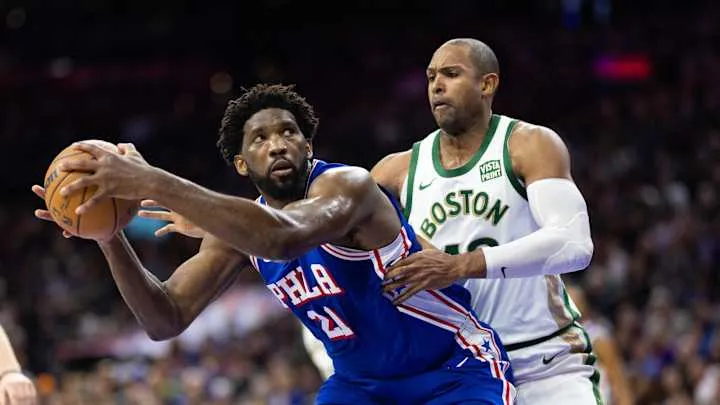
Interestingly, some of these experiments could benefit the team long-term. Young players gain exposure to high-pressure situations and learn to adapt in real time. Coaches discover new combinations of players who can thrive together — knowledge that might shape the team’s identity even when Embiid returns.
Tyrese Maxey: Rising to the Occasion
One of the most exciting stories emerging from this challenging period is Tyrese Maxey’s growth as a leader. He’s not just scoring more; he’s commanding the offense, making smarter passes, and improving his decision-making under pressure. Maxey’s confidence has soared, and his teammates look to him in moments when the game is on the line. This evolution is exactly what Philadelphia needs if it hopes to avoid over-reliance on Embiid in future seasons.
Paul George and Shared Responsibility
Paul George, too, has had to adapt his game significantly in the absence of Joel Embiid. Normally, George can focus more on scoring and selective defensive assignments, but without Embiid anchoring the paint, he is forced to take on additional defensive responsibilities against some of the league’s most versatile offensive players. This includes guarding bigger, more physical forwards in the post, as well as switching onto quicker guards during pick-and-roll plays. The pressure to protect the rim indirectly while also contributing offensively demands more energy, and this added burden can affect his overall efficiency, particularly in high-stakes situations where every possession matters.
Offensively, Paul George has stepped up as a facilitator, helping to create opportunities for his teammates like Tyrese Maxey and bench scorers who are adjusting to a more prominent role. His versatility allows the 76ers to execute switch-heavy defensive schemes and adapt to mismatches, but it also exposes the team to fatigue and sometimes forces him into less optimal shot selections. Despite these challenges, George’s leadership becomes even more crucial, stabilizing the Philadelphia 76ers roster during chaotic moments and ensuring that the team remains competitive even without its superstar. The absence of Joel Embiid has clearly increased the responsibility on Paul George, making him not just a scorer or defender, but a central strategic anchor for the team’s overall performance.
The Psychological Factor
There’s a psychological dimension to missing Embiid as well. The team’s confidence can waver when the anchor of the roster is out, affecting decision-making and composure in close games. Opponents sense the vulnerability, applying pressure in ways they might avoid with Embiid on the floor. This psychological toll is subtle but measurable — it’s the difference between losing by 5 points versus 15, or winning a nail-biter instead of falling short.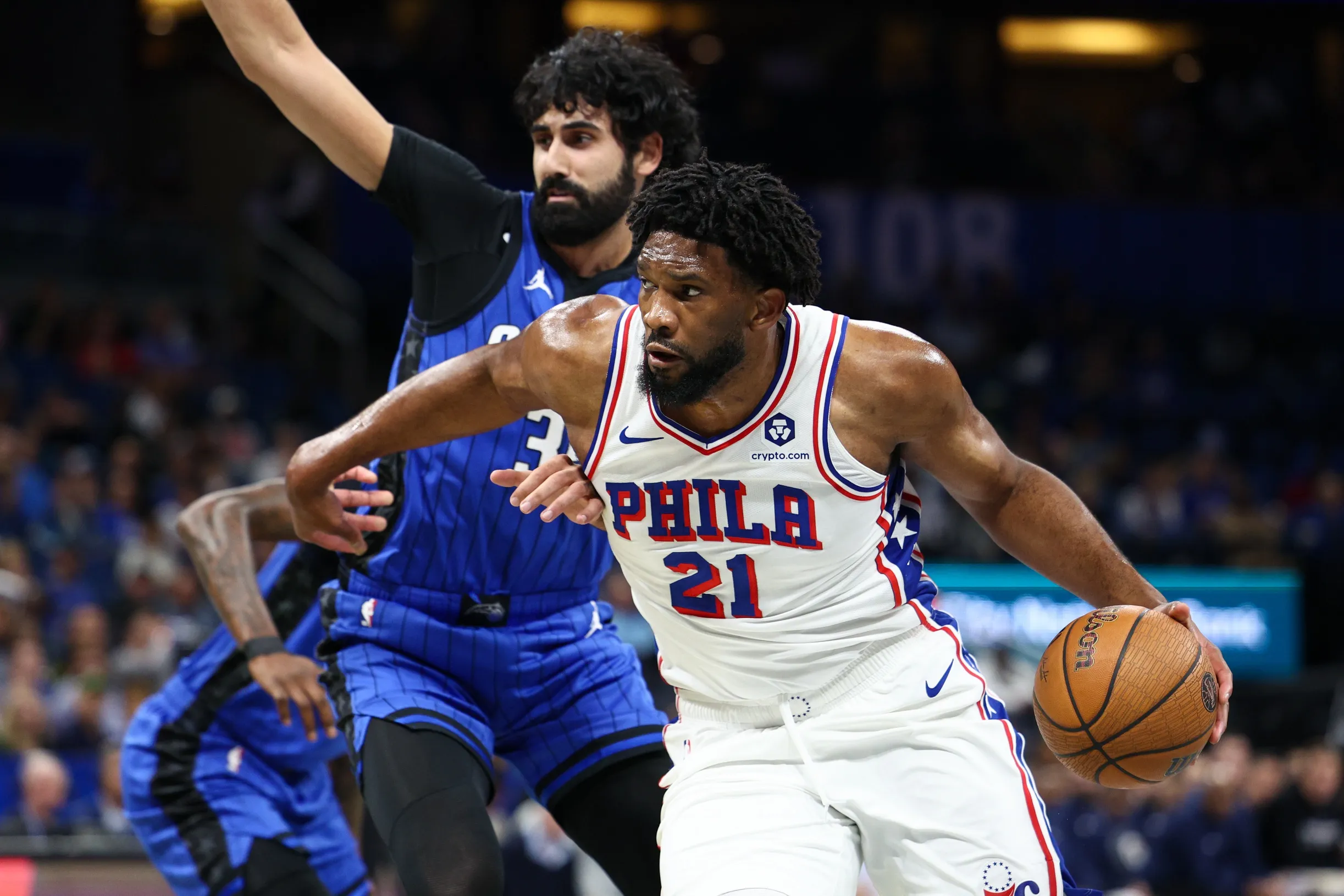
Silver Linings in Adversity
Despite these challenges, there is a bright side. The 76ers are discovering hidden strengths and nurturing a next tier of leaders. Maxey’s emergence, improved bench contributions, and tactical flexibility could create a more resilient team in the long run. Sometimes, adversity forces innovation and growth, and Philadelphia might be better for it when Embiid eventually returns.
Fans should pay attention to how players respond under pressure — it’s an early glimpse of the 76ers’ championship potential. Can Maxey and George handle increased responsibility? Will bench players rise to the occasion? These are the questions that make the team’s journey so compelling.
Conclusion: Embiid’s Absence as a Lens
Joel Embiid’s absence is more than just a missing player — it’s a stress test for the 76ers’ system. Weaknesses are exposed, stars are pressured, and coaches are forced to innovate. Yet, the experience may yield unexpected growth, giving the team flexibility, new leaders, and a better understanding of its tactical options. In basketball, sometimes losing your best player teaches lessons that no win ever could. Philadelphia’s challenge is to capitalize on these lessons, ensuring that when Embiid returns, the team is not just stronger, but smarter.
The story of the 76ers without Embiid is far from over — and fans would be wise to watch closely, because the next breakout moment could redefine the team’s identity and even its championship trajectory.


